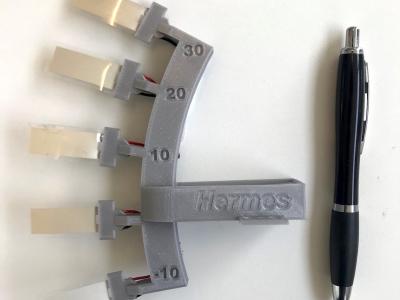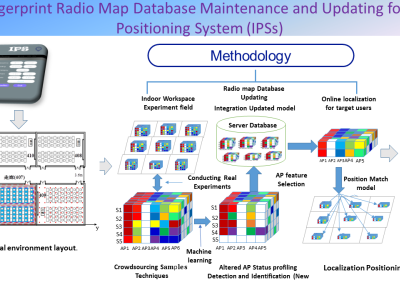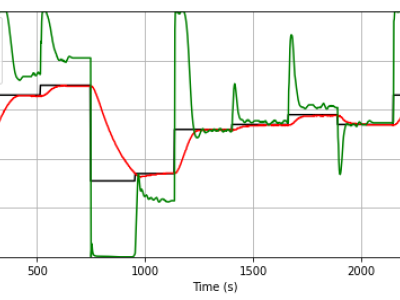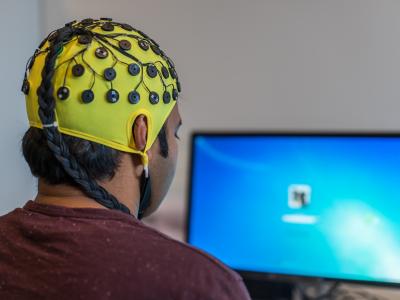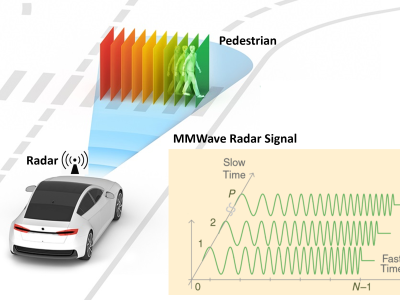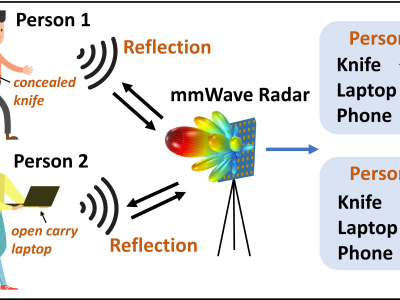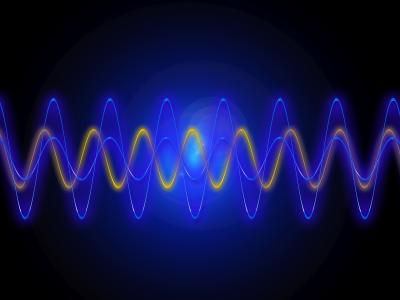
This dataset contains 3D models of 5 objects and numerous scenes where the objects are placed randomly creating occlusions and cluttered scenes. The 3D models are to be used to find them in the scene (object recognition) and segment them as well.
- Categories:
